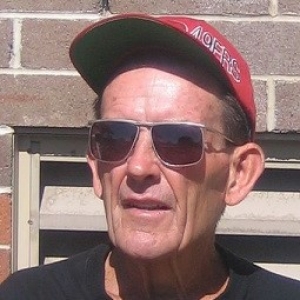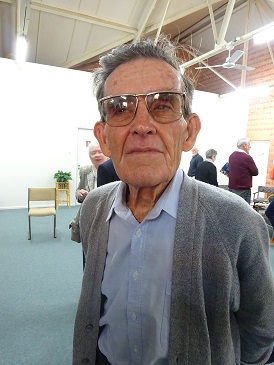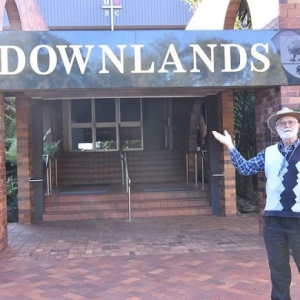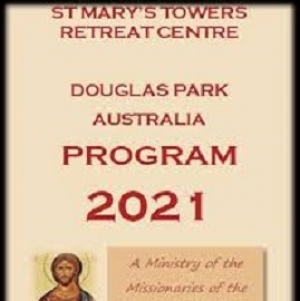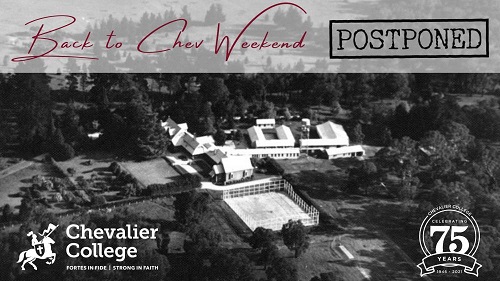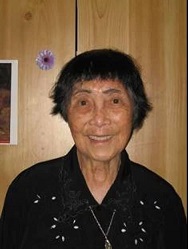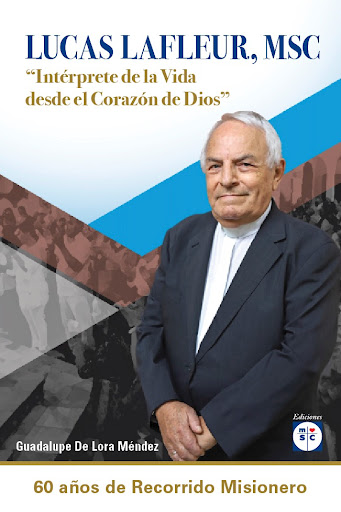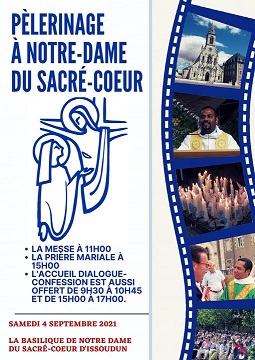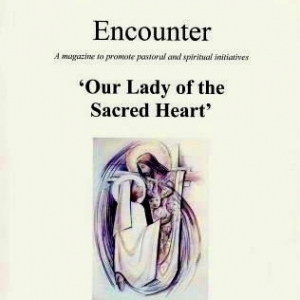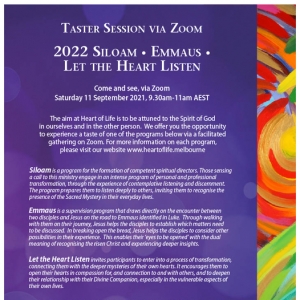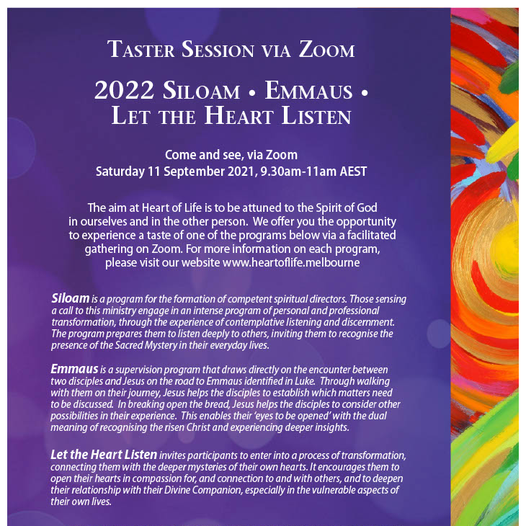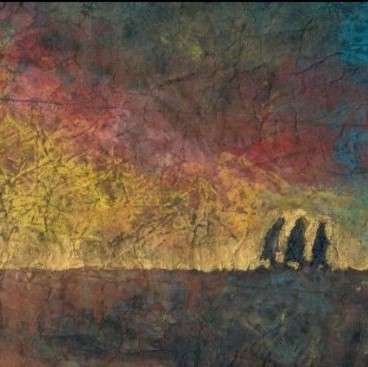Peter MALONE
Acknowledging Russell Andersen MSC, 85
Acknowledging Russell Andersen MSC, 85

Today Russell Andersen turns 85. Russell is a Queenslander who made his first profession on February 26th, 1955. After studies at Croydon, he was ordained on June 29th 1961.
After brief parish work, he was appointed to Eastern Papua which has been his home and ministry base for almost 60 years, especially in islands out from Sideia.
Russell spent some time in Africa at the Lumko Institute, a Mission Institute for Southern Africa with developing missionary perspectives and methods which have had extended influence to Asia and the Pacific.
Russell’s sister, Mary, is a Little Company of Mary Sister and lives in Melbourne, as does his brother, Frank MSC, part of the Melbourne Community.
Here is a story Russell sent for the site in 2015.
PNG, Ecumenical Memorial Chapel
“Towards the end of World War II thousands of soldiers were killed and injured in the battles fought around Milne Bay on the eastern tip of PNG. To commemorate these battles, memorials on the northern side of Milne Bay recognise the valiant efforts of Australian soldiers who fought and died, as well as some Papua New Guineans.
On the south side of Milne Bay, within my parish of Ealeba, is the site of the American supply base. This was used from 1943 until the end of the war and became a major supply and infantry base for the bloody fighting right up the coast to Buna etc, where hundreds of young Americans lost their lives. After some metal dogtags identifying American soldiers were handed to me, I began to recall that there is no memorial for these generous soldiers.
An American war-widow back in 2007 sent a modest donation towards the building of a memorial and this strengthened my resolve to do something. More donations came our way, and eventually we agreed to construct an ecumenical chapel. This idea was accepted by the local community and their contributions of material and labour have been a great expression of appreciation for the sacrificing-love of our allies during the war.
The Memorial Chapel was opened with a congregation of over 2,000 people present on 20th November 2015.”
Congratulations and best wishes.
Desire to be a volunteer in Covid-19 treatment hospital in Saigon City
Desire to be a volunteer in Covid-19 treatment hospital in Saigon City

Peter Hendriks, Deputy update: Hoàng, the Superior of the MSC Community in Vietnam sought permission from the Provincial for members of their community to respond to a desperate request.
The Saigon Archdiocese has called for volunteers from Religious Congregations in Saigon to assist in the Covid-19 Treatment Hospital in Saigon City. Personnel are desperately needed as the number of patients increase every day.
After prayer, discernment, discussions with their superior and families the following have asked that they be allowed to volunteer in the Treatment Hospital:
1. Tien Minh NGUYEN
2. Hung Quoc LE
3. Thanh Vu NGUYEN
4. Vu Thanh NGUYEN
All four have finished their studies and are in pastoral ministry.
Chris replied with the following:
You know, I am really concerned for the wellbeing of our men, and the risk that this could lead them into catching the Covid19. However, I am very impressed by their eagerness and their openness to help, to be MSC men who are willing to volunteer, to be on the frontline and to be of service. This makes me very, very proud. Truly men of heart.
Please, Hoang, please let Tien Minh NGUYEN, Hung Quoc LE, Thanh Vu NGUYEN, and Vu Thanh NGUYEN, know how proud I am, please let them know that they can go with my blessing, love and support, and please let them know that they will be very much in our prayer.
News of our Vietnamese novices in the Philippines
- Vuong Vu Quoc MSC & Vuong Nguyen Le The MSC, our two second year Vietnamese Novices in the Philippines, take their first Profession this evening in Manilla. We join you both with prayers of thanks to God for your call to be MSC’s.
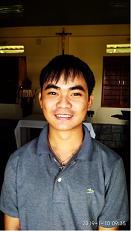

- Hien and Vu, two of our first year Vietnamese Novices in the Philippines were recently diagnosed with COVID-19. Fortunately they had both been vaccinated and are doing fine.
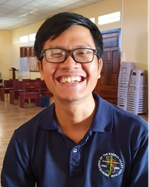
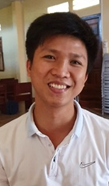
A shout-out, as they say, to Downlands College, celebrating (not in lockdown) 90 years.
A shout-out, as they say, to Downlands College, celebrating (not in lockdown) 90 years.
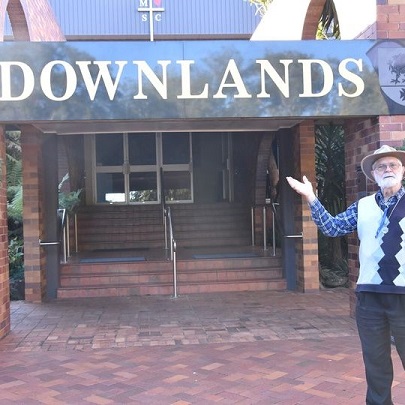
Fr Vince Carroll MSC, himself a former student at the College in the 1950s, is now the only MSC in residence at Downlands. He has been promoting the 90 years' celebration.
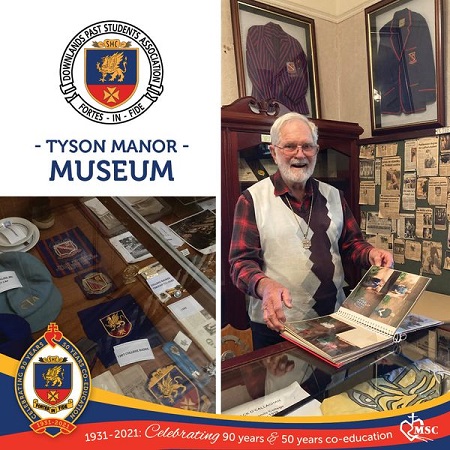
Fr Vince Carroll MSC (DPSA President) has been busy organising Downlands memorabilia in the foyer and museum room of Tyson Manor. You are welcome to stop by for a look and embark on a trip down memory lane!
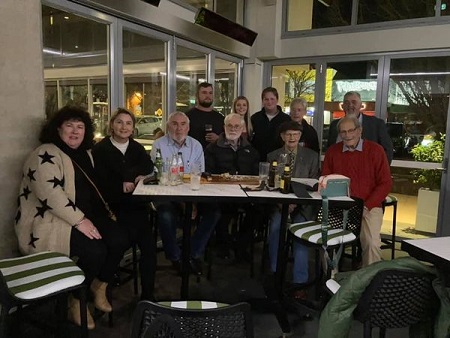
The Downlander Gryphon Call at the Rock Toowoomba last night - a good time was had by all!
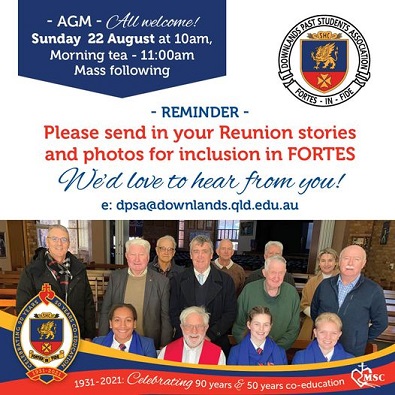
Gryphon Call’s are simply an opportunity for Downlanders (and friends) from all cohorts to come together for a social drink and chat - all are very welcome!!
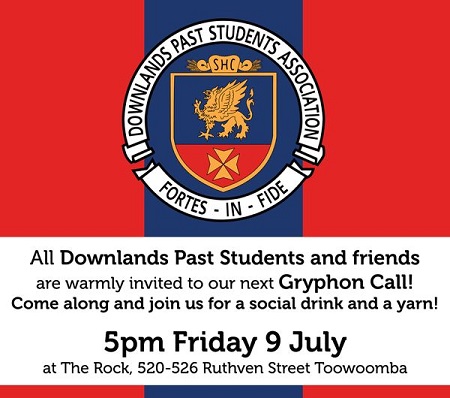
St Mary’s Towers Retreat House Program: September and October LIVE Online Retreat Offerings!
St Mary’s Towers Retreat House Program: September and October LIVE Online Retreat Offerings!
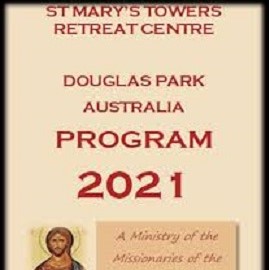
Due to the ongoing COVID situation, our September and October program will continue online. Our advertised program will then remain as is through into 2022. Retreats will be offered in the residential option when possible, and if not, then online. Retreats will only revert to the usual residential format when we are able to do so in line with health regulations. Where a retreat is not able to be run online, an alternative topic will be offered. Stay tuned too for new online offerings in the months ahead.
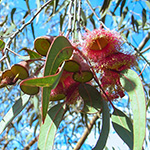
Spring - The Season of New Life
Online Retreat
Tuesday 7 September
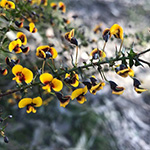
Listen to Our Earth,
It’s People and Our God
6 Day Online Retreat
Friday 24 September – Thursday 29 September
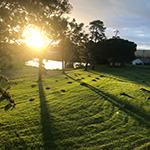
A Simple Prayer Weekend
4 Day Online Long Weekend Retreat
Friday 1 October – Monday 4 October
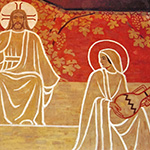
The Hidden Wisdom of Women in the Gospels
3 Day Online Retreat
Friday 8 October – Sunday 10 October

Directed Retreat
with Spiritual Accompaniment
8 Day Online Retreat
Wednesday 20 October – Wednesday 27 October

Living More Deeply In God -
Praying with Ignatius of Loyola
6 Day Online Retreat
Friday 22 October - Wednesday 27 October
Weekend roundup of 6 MSC/OLSH stories
6
_ Chevalier 75 years, this weekend in Issoudun, RIP Theresa Chue OLSH, RIP Lucas Lafleur, sad covid news Vietnam - and the car park lines at Kensington Monastery
|
|||
|

PS. Greg McCann MSC and John Bosman MSC were spotted this afternoon keeping the Monastery in tip top shape, with the repainting of the parking spaces. They had just enough energy left to smile for this photo!
First Friday of the month: Join the Chevalier Family in Prayer and Action for Justice and Peace in the world.
First Friday of the month: Join the Chevalier Family in Prayer and Action for Justice and Peace in the world.

2021 Season of Creation: Pope Francis urges the participation of the faithful as the 2021 Season of Creation kicks off. The Season runs from 1 September - 4 October.
Chevalier Family in Prayer and Action for Justice and Peace in the world.
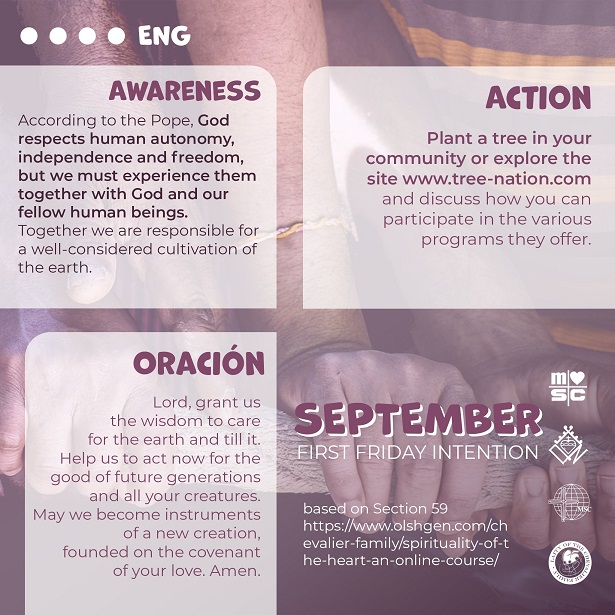
Good News on MSC periodicals: Encounter, Perspective and Nelen Yubu.
Good News on MSC periodicals: Encounter, Perspective and Nelen Yubu.
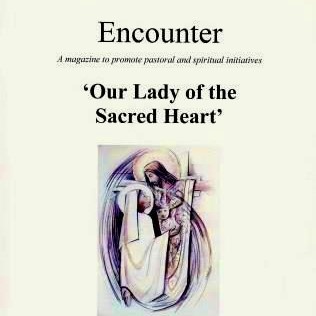
With thanks to Brett Adamson of Chevalier Institute, and part of our site administration and responsible for the Province Facebook Page.
Click here or go to the site Home Page, Click the heading Works and Ministries, Scroll to Media and Publications, then MSC Magazines and see the images and links. It means that the periodicals are archived in cyberspace.
The Australian province has a fine record of periodicals.
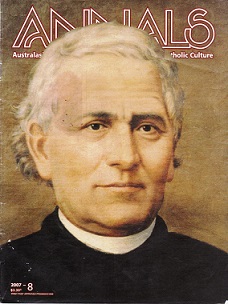
Annals began in 1889 and closed in 2019. (Click the site for examples of articles)
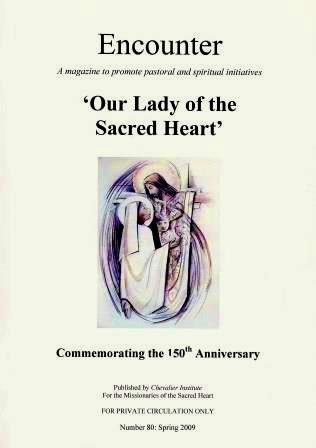
Encounter (MSC Life and Spirituality), 1964-2012. (On site)
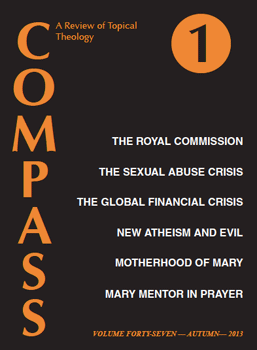
Compass Theology Review (Theology), 1967-2016, (Compass site, editions from 2001-2016)
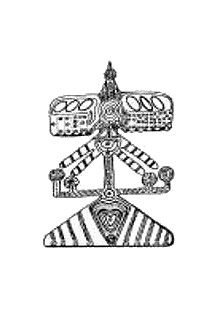
Nelen Yubu (Missiology), 1978-2002 (in process of posting)
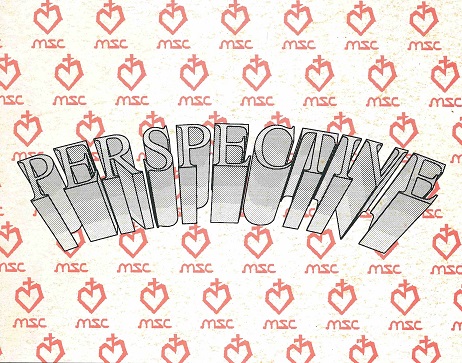
Perspective (Education), 1976-2002 (in process of posting )
Some Significant September Days for the Chevalier Family, 2021.
Some Significant September Days for the Chevalier Family, 2021

See September 4th
1 September, 1897
The erection of the German MSC Province. Blessing of the first MSC house in Hiltrup, Germany.
1 September, 1899
First 8 candidates of the MSC Sisters are received as postulants in Hiltrup.
4 September, 1861
Father Maugenest becomes the first MSC to be parish priest of St. Cyr, Issoudun. He remains in this position until 31 December, 1871.
4 September, 1945
The missionaries imprisoned by the Japanese during WWII in Ramale Valley, Papua New Guinea, are set free. The movie, entitled Sisters of War, produced in 2010 by an Australian film company, tells part of this story.
5 September, 1907
This date commemorates the opening of a 'special' MSC General Chapter which revised the Constitutions in the spirit of the "Roman Norms" of 1901. This Chapter occurred only a few weeks before Father Chevalier's death. He could not be present at the Chapter.
6 September, 1962
Father Karel Verwilghen, from the Netherlands, is shot in San José Nueva Ecija, Philippines. He died on 8 September in Quezon City, Philippines.
8 September, 1869
The Archbishop of Bourges, Monsignor de La Tour d'Auvergne blesses Our Lady of the Sacred Heart Chapel in Issoudun and consecrates the altar. The coronation of the statue of Our Lady of the Sacred Heart takes place this day in the name of Pope Pius IX.
8 September, 1876
Father Chevalier meets Marie-Louise Hartzer for the first time!
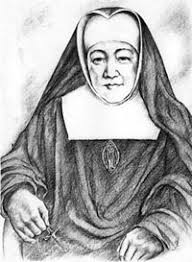
9 September, 1884
Five Daughters of Our Lady of the Sacred Heart make their first vows. Marie-Louise Hartzer is among them.
12 September, 1855
L'abbé Caillaud, the General Vicar at the time, blesses the humble chapel (barns) in Issoudun and gives to the first two members of the society, Jules Chevalier and Emile Maugenest, the name Missionaries of the Sacred Heart of Jesus. It was on this very day that Jules Chevalier thought, for the first time, of the title "Our Lady of the Sacred Heart".
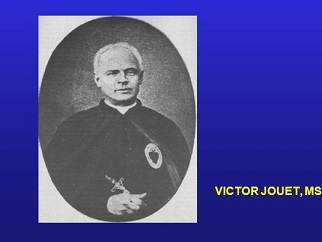
13 September, 1901
Mother Marie-Louise Hartzer makes her application to the French Government for the authorization of the Congregation as exacted by the law of 1 July, 1901. This fact prevents the local authorities at this time during the political-religious unrest from affixing seals to the FDNSC mother house in Issoudun.
13 September, 1912
Father Franciscus Maria Victor Jouët dies in Rome. He is buried in Marseilles in the south of France, in his original diocese. On 2 July, 2003, his remains are interred in the Crypt in the Basilica in Issoudun.
14 September, 1902
Departure of the first seven MSC Sisters from Hiltrup for New Pomerania, New Britain, Papua New Guinea.
19 September, 1869
Victor Hartzer, husband of Marie-Louise Hartzer, dies in Vesoul, France, after being married 11 years. Together they had two sons: Marie Victor Fernand (born 1858) and Marie Léopold (born 1860). Both sons became MSC Priests.
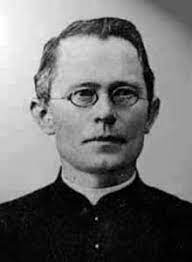
24 September, 1881
The novices of Father Piperon, who arrived in the Netherlands, November 1880, after having been expulsed from France, make their first profession. Among them is Hubert Linckens, who will later become the historical founder of the MSC Sisters.
25 September, 1869
The first MSC General Chapter elects Father Chevalier as First Superior General. Fathers Piperon, Vandel, Bazire and Guyot are elected as his assistants.
26 September, 1889
Marie-Louise Hartzer makes her perpetual vows.
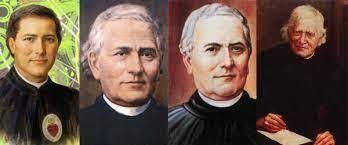
27 September, 1869
Jules Chevalier and his first companions made their perpetual vows at the end of a retreat preached by Father Ramière, SJ.
Dominic Gleeson MSC, Silver Jubilee of Ordination
Dominic Gleeson MSC, Silver Jubilee of Ordination

Congratulations to Dominic on this occasion. Dominic made his novitiate with Terry Naughton as Novice Master and was professed on 26th June 1991. He went to Navarre House in Drummoyne , studies at the Catholic Institute of Sydney. He also spent a pastoral year with the MSC Community in Kew, and the Spiritual Leaders program at the Heart of Life Centre.
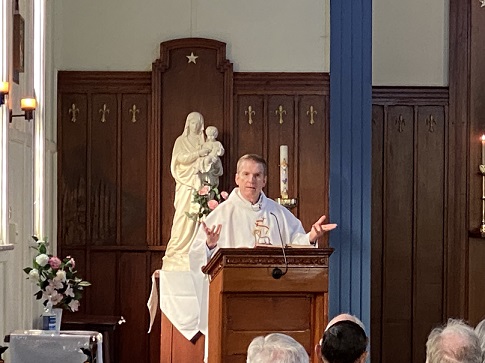
Ordained on 31st August 1996, he then worked in Adelaide parishes and was Community Leader of the MSC in Adelaide. He then moved to Spirituality, a sabbatical with programs at Hawkstone Hall, Cor Novum, Issoudun, the Jesuit Centre at Guelph, then graduating from Siloam, the program for Spiritual Directors at Heart of Life,
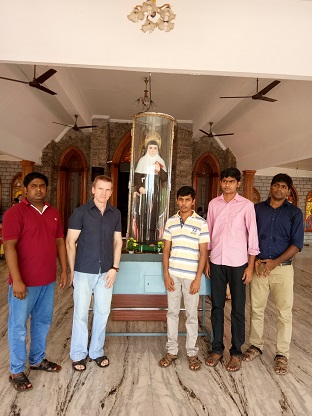
He also spent some years as Deputy to the Provincial. In recent years he has been stationed at Douglas Park at the Retreat House, leading 30 day retreats for Sydney seminary students and MSC in Kerala and Fiji.
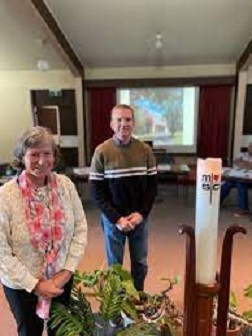
At present, he is the community leader at St Mary’s Towers, Douglas Park.
Looking for a Pastoral Supervision program – Heart of Life offers Emmaus
|
Looking for a Pastoral Supervision program – Heart of Life offers Emmaus Emmaus Supervision Program The Emmaus Supervision Program has been developed in response to the demand for professional supervisors for those in individual ministry – priests, chaplains, spiritual directors, spiritual health workers, pastoral carers etc. It is a program for the formation of competent, experienced professional supervisors.
Come to our Taster Session |
|
We offer you the opportunity to experience a taste of one of the programs below, via facilitated groups on Zoom. Choose one of:
Tel: (+61 3) 9890 1101 Web: heartoflife.melbourne
|
